Our Guide To Good Looking Lighting
If you’re making a film for your business or organisation there’s a pretty good chance that at some point the viewer is going see and hear someone talking. One of our goals is to share as much of our knowledge as possible in our video marketing blog so below is our guide to lighting for your corporate video or video marketing production.
Interviews, headshots, talking heads and vox-pops form a key ingredient of most corporate videos so making them look fantastic is critical. Below we’ve shared a few tips, techniques and tricks you can use to light and compose your talking head shot in order to get the best results.
Natural Lighting
Exterior head shot using natural light and reflector
If you’re shooting outside and the general light is good then a simple reflector like we used in this shot gives you a warm light that should give you a very pleasant image. Gold reflectors work really well with human skin colouring and help your subject stand out a bit more. We’ve positioned the subject so that the natural landscape background also enhances the shot.
Simple Interior Shot With One Basic L.E.D Light
Internal head shot using natural light and small LED light
If you’ve got a good size room with lots of natural light then you can use it to your advantage (The right hand side of the room in this example had floor to ceiling windows). In this shot we positioned the subject on the opposite side of the room to the windows so that the natural light was softer and didn’t appear to harsh. A small basic LED top light was added to the camera to pick out the subjects eyes a little and we positioned the subject to use the colourful (and client branded) materials of a background.
Classic 3 Point Setup
Interior head shot with 3 light setup and black roll up backdrop
Adding a black backdrop to a shot can help establish the authority of the subject and create a dramatic image. To light this shot we used a very soft light with a reflector to add fill and a back light to give the subject some separation from the black background. Finding a good soft source light is essential to producing interviews shots with higher production values and most lights can be softened using a few tricks. The most common mistake is to place lights too near the subject and not allow the light enough room to disperse and create a softer feel.
Flare and Beauty
Studio head shot with black BG and flare
Using a similar approach as the one detailed above (ie black background + 3point lighting) we angle our back light so that it creates a nice flare effect in the camera lens. To do this we simply angled the light in the direction of the lens more directly than we would normally do so. The effect gives us a warm halo flare which adds a nice tough of glamour to your shot.
Domestic Setting
Interior head shot with 3 light setup
Interviews in homes can be tricky and care is needed not to produce an overly busy shot. In this example we positioned our subject as far from the background as the space would allow and lit him with 2 LED lights on stands. We used the natural light of the window to provide some interest and shape to the background and angled our subject to get the best out of the lights in a small working area.
Internal Shot (Use Your Surroundings)
Internal head shot using existing location lights for background effect
When shooting in clients location (which we’ve talked about elsewhere good Video Marketing Blog) o look out for anything at the location that may provide interest to the shot. In this location the client had small tea light candles on tables which offered us a great “twinkly” backdrop effect to our interview shot. We used 3 lights to light our subject and you’ll notice a nice lokking halo around her hair which is achieved by a backlight set just behind and to the left of the subject.
Lighting the Background
Studio based shot with a 3 light setup and additional lights on background
In this studio set up shot we were able to place our subject in front of a set. Once we’d lit the subject we then created some shape and interest to the background. We did this by creating a shaft of light (using the barn doors on our lights head) that cuts across the background and provides a shot with interest and shape.
General Tips
There are some very easy mistakes to make when shooting talking heads so here are our top 3 general tips that should help you shoot great looking interviews and head shots.
1 – Separate subject from Background
Don’t stand your subject too close to anything in the background. Position them well away from room walls or similar to give your shot some depth.
2 – Softly Softly
Mentioned above – we cannot stress the importance of using a lovely soft light when shooting head shots. You’ll make your subject look their best and produce beautiful looking images.
3 – Light the eyes
Whether using natural light or artificial ensure that your subjects eyes aren’t in shadow. If you’re filming outside and the sun is over head think carefully about position and examine your surroundings to see if there’s any shade you can make use of.
Hope fully this additional to our video marketing blog has been useful but do drop us a line if there’s anything else you’d like to know as we’re always willing to share our expertise.
To find out more about us and our services, please click here.

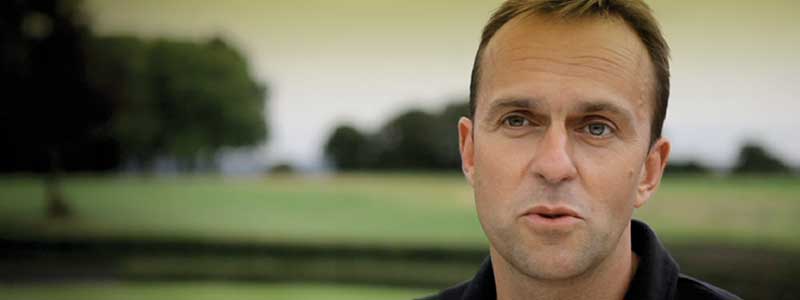


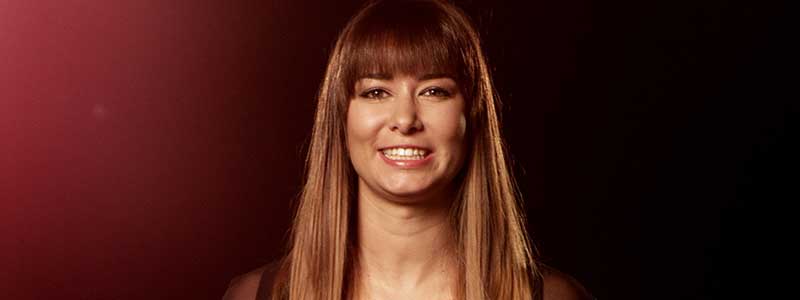

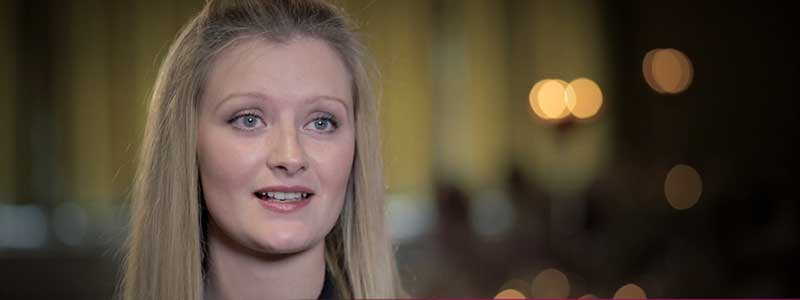


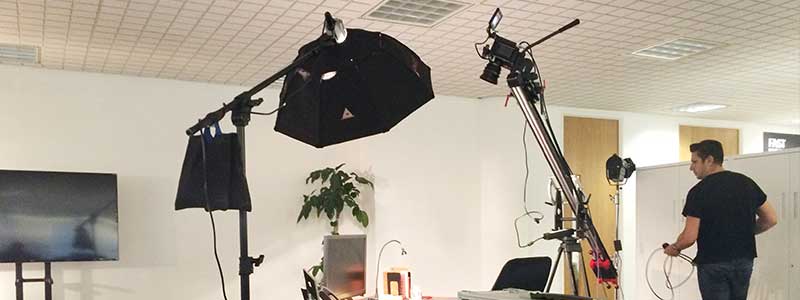
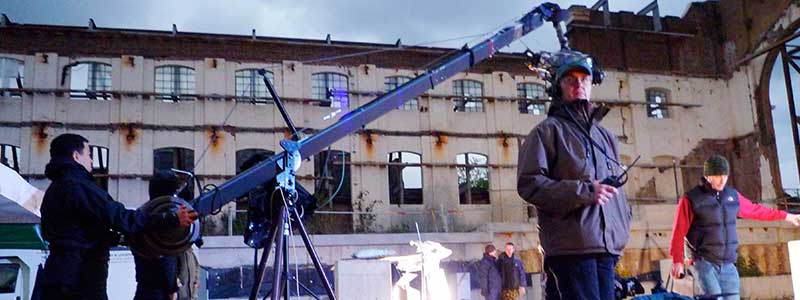





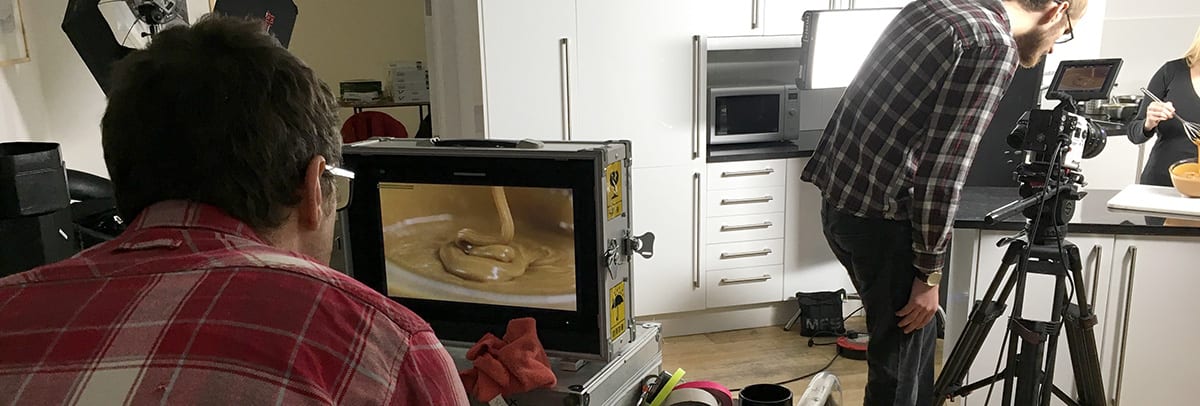
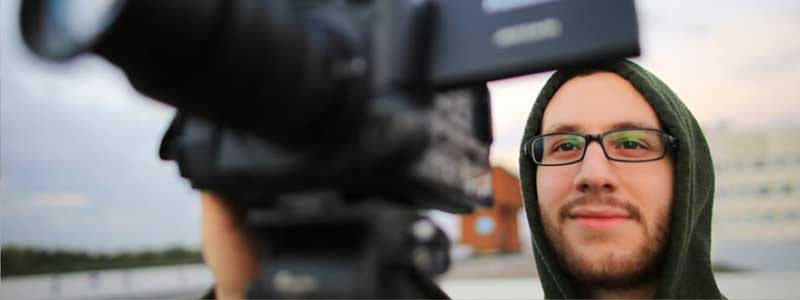
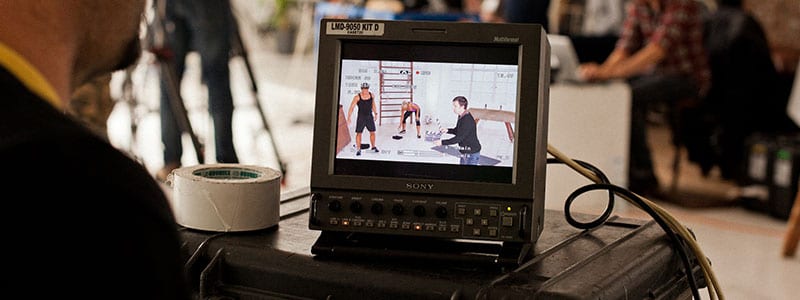









Recent Comments